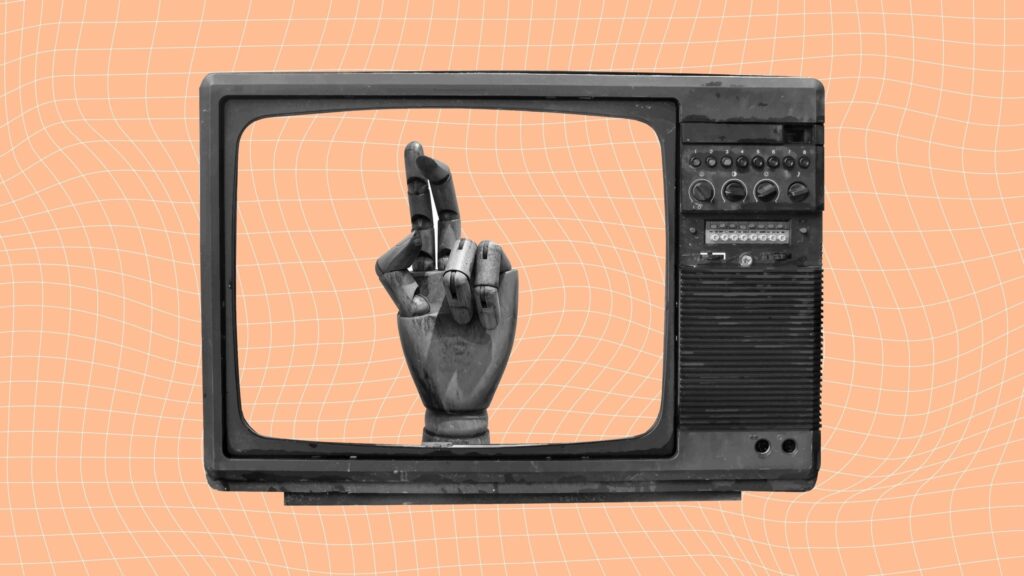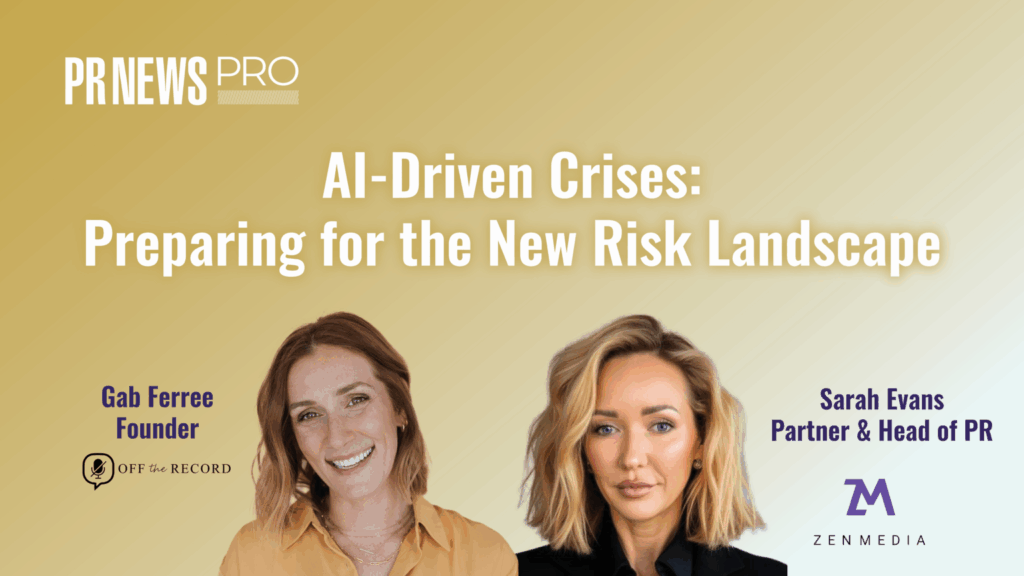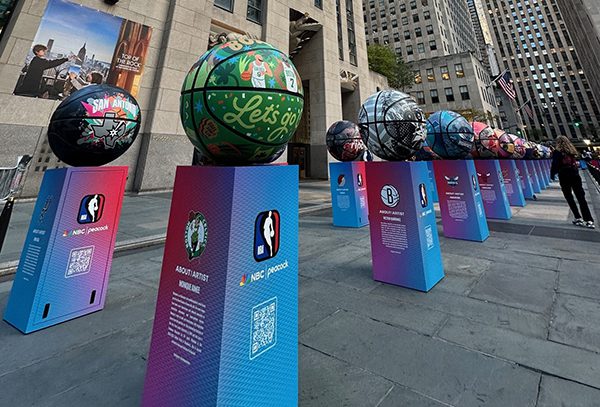Jeffrey Hayzlett, chief marketing officer for the Eastman Kodak Co., started his address to the crowd at ad:tech San Francisco 2008 with two questions.
“How many of you have bought camera film recently?” he asked, and a smattering of the more than one thousand in the audience raised a hand. “Okay, now how many of you have cameras on your cell phones?” Virtually everyone raised a hand.
“Welcome to my world,” he said ruefully.
With fewer customers opting for traditional film-based photography, Hayzlett outlined the tactics Kodak has used to engineer a corporate transformation. In products, it has meant developing new lines in inkjet printers for both home and business use. And in marketing and promotion, he said, it has meant straddling the line between advertising and content and being willing to take some risks with the brand—if those seem to promise sales increases down the road.
For example, Kodak put a halt to its official sponsorship role for the Olympic games, a role it had taken since 1896. “The first day I moved into this job, I moved us out of the Olympics,” Hayzlett said. “We just didn’t think it was a very good media play for us. I spend hundreds of millions of dollars and then have to wait two years to participate.”
Instead, last December Kodak signed a six-year agreement with the PGA. And on June 25th the company will announce that it will be part of 26 different PGA tournaments, sponsoring a single hole within each of those tournaments.
“The 26 most difficult holes in golf will become part of the’ Kodak Challenge’,” Hayzlett said. The golfer with the best performance on 18 of those holes will win that challenge and a $1,000,000 prize. Kodak and its challenge will be promoted during play on all those tournaments.
“This is fricking brilliant,” Hayzlett said. “I’m going to put a big honking Kodak tent right by each of those holes. I’ll put the name on top and make a deal with the MetLife guys to give them free cameras every time they take pictures above my tent. Every time a pro golfer hits a ball by the scoreboard, which I sponsor, I’ll give them cameras. Whatever I can do to get that name across.” The PGA alliance also suits the company’s new position as primarily a B-to-B vendor with a lesser stake in consumer markets.
That’s not to imply that Kodak isn’t also interested in boosting consumer sales. Hayzlett said the company was also able to parley a placement on “Celebrity Apprentice” last January into a 50% increase in sales of consumer inkjet photo printers in the week after the show. Kodak had already developed a line of home printers that combined reliable hardware with ink cartridges that cost substantially less than its rivals’, and the company got the show’s producers to build one segment around the challenge of demonstrating the new product and its values on the streets of New York.
Hayzlett said his marketing team knew they would have about 30 minutes in real time to present the product to the two teams of celebrities competing on the show and practiced that pitch until they were able to insert the value proposition every 1.5 minutes in the half-hour pitch, making sure to use strong sound bites that would be picked up in editing. The final score was 4.4 mentions per minute of Kodak or its product over the length of the 43-minute episode.
The episode challenge pitted the male celebrities against the females, and while the men produced a sales approach that was much more ragged than the women, it worked better from Kodak’s perspective because it directly hit the brand message of saving up to 50% on ink costs. “The men did a sh***y job,” Hayzlett said. “But I didn’t care what their campaign looked like. We were picking those guys because their message was spot on.”
The company capitalized on the placement in its online and retail marketing. Fifteen hundred employees invited guests to “Apprentice parties” the night the show aired. A page on the company’s Web site let visitors print out Donald Trump masks, complete with customizable hair. Kodak integrated that one “Apprentice” appearance into a full 360-degree campaign that kept going after the episode aired. “We integrated it into direct mail, online, with some radio, with some inserts,” Hayzlett said. “We put it into stickers on packages. We milked it for all it was worth. And we keep seeing the extension of that small investment carrying over for us.”
Kodak also lucked out in that the show generated some controversy and resultant buzz, thanks to Kiss lead singer Gene Simmons, one of the contestants. Since the women were two people shy, Donald Trump asked Simmons to switch and take charge of the female team. But Simmons balked on camera at taking the show’s standard sales-pitch advice from Hayzlett and his crew and ultimately got fired from the show for that episode. The resulting flap earned blog coverage in widely read outlets from Rolling Stone magazine to tech-centric Gizmodo to “Access Hollywood”.
“He went on ‘Jimmy Kimmel Live’ and dissed me on TV, saying, ‘I don’t know about those Kodak executives: They’re wrong,’” Hayzlett said. “I loved it. We went on his blog and called him an idiot and a butthead—whatever it took to keep the controversy going.” Ultimately Hayzlett and his team were invited back for the final episode for a live debate with Simmons.
“You can’t buy that type of publicity,” he said.



